AI-powered
podcast player
Listen to all your favourite podcasts with AI-powered features

Intro
This chapter explores the author's neuroscience research on human social instincts and their potential impact on artificial general intelligence (AGI) safety. By examining the brain's learning and steering subsystems, the author aims to uncover insights relevant to AGI development and its operational mechanisms.
(If you’re in a hurry, you can just read the “Background and summary” section, and skip the other 85%.)
0. Background and summary
0.1 Background: What's the problem and why should we care?
My primary neuroscience research goal for the past couple years has been to solve a certain problem, a problem which has had me stumped since the very beginning of when I became interested in neuroscience at all (as a lens into Artificial General Intelligence safety) back in 2019. In this post I offer a hypothesis for what the solution might generally look like, at least in the big picture. I don’t have all the details pinned down, but I feel like this post is major progress. (Unless it's all wrong! Like the last one was.[1] Very happy for feedback!)
What is this grand problem? As described in Intro to Brain-Like AGI Safety, I believe the following:
---
Outline:
(00:13) 0. Background and summary
(00:18) 0.1 Background: What's the problem and why should we care?
(03:43) 0.2 Summary of the rest of the post
(08:10) 0.3 Confidence level
(08:52) 1. Ingredient 1: Innate sensory heuristics in the Steering Subsystem
(10:27) 1.1 Ingredient 1A: Innate sensory heuristics for conspecific detection in particular
(11:29) 1.2 Neuroscience details
(13:07) 2. Ingredient 2: Generalization via short-term predictors
(16:09) 2.1 Neuroscience details
(17:23) 3. Ingredient 3: Tailoring learned models via involuntary attention and learning rate
(17:43) 3.1 What does the orienting reflex do?
(20:30) 3.1.1 Side note: Transient attentional gaps are more common, and harder to notice, than you realize
(22:17) 3.2 Combining attention with time-variable learning rates
(25:25) 3.3 Neuroscience details
(26:33) 4. Ingredient 4: Reading out transient empathetic simulations
(30:18) 4.1 So, the “thinking of a conspecific” flag is also a “this is an empathetic simulation” flag?
(33:10) 4.2 Neuroscience details
(34:42) 5. Hypothesis: a “compassion / spite circuit”
(35:04) 5.1 The “Conspecific seems to be feeling (dis)pleasure” signal
(36:36) 5.2 The “friend (+) vs enemy (–)” parameter
(39:13) 5.2.1 Evolution and zoological context
(41:49) 5.2.2 Neuroscience details
(42:19) 5.3 Phasic physiological arousal
(43:41) 5.3.1 Neuroscience details
(45:22) 5.4 Generalization via short-term predictors
(45:53) 6. The “compassion / spite circuit” also causes a “drive to feel liked / admired”
(46:49) 6.1 Key idea: My “compassion / spite circuit” is disproportionately active and important while the conspecific is thinking about me-in-particular
(47:00) 6.1.1 Starting example: Innate sensory heuristics for receiving eye contact
(48:22) 6.1.2 Generalization: Innate sensory heuristics fire strongly upon being the target of an orienting reflex
(49:18) 6.1.3 Another example: Somebody deliberately getting my attention
(49:57) 6.2 If the same circuit drives both compassion and “drive to feel liked / admired”, why aren’t they more tightly correlated across the population?
(52:33) 6.3 Whose admiration do I crave?
(56:11) 7. Other examples of social instincts
(58:44) 7.1 “Drive to feel feared” (a.k.a. “drive to receive submission”)
(01:01:07) 8. Conclusion
The original text contained 14 footnotes which were omitted from this narration.
The original text contained 11 images which were described by AI.
---
First published:
November 22nd, 2024
Source:
https://www.lesswrong.com/posts/kYvbHCDeMTCTE9TAj/neuroscience-of-human-social-instincts-a-sketch
Narrated by TYPE III AUDIO.
---
Images from the article:
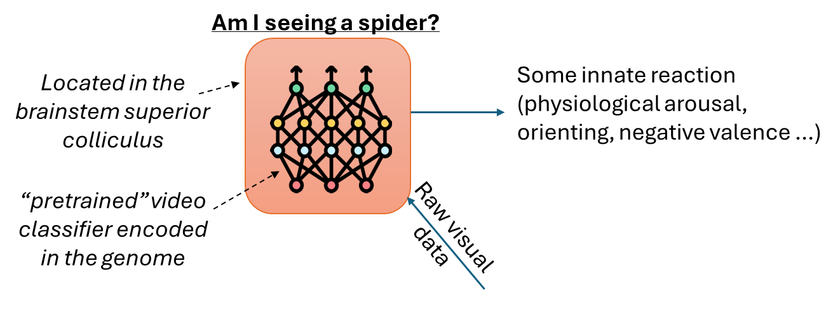

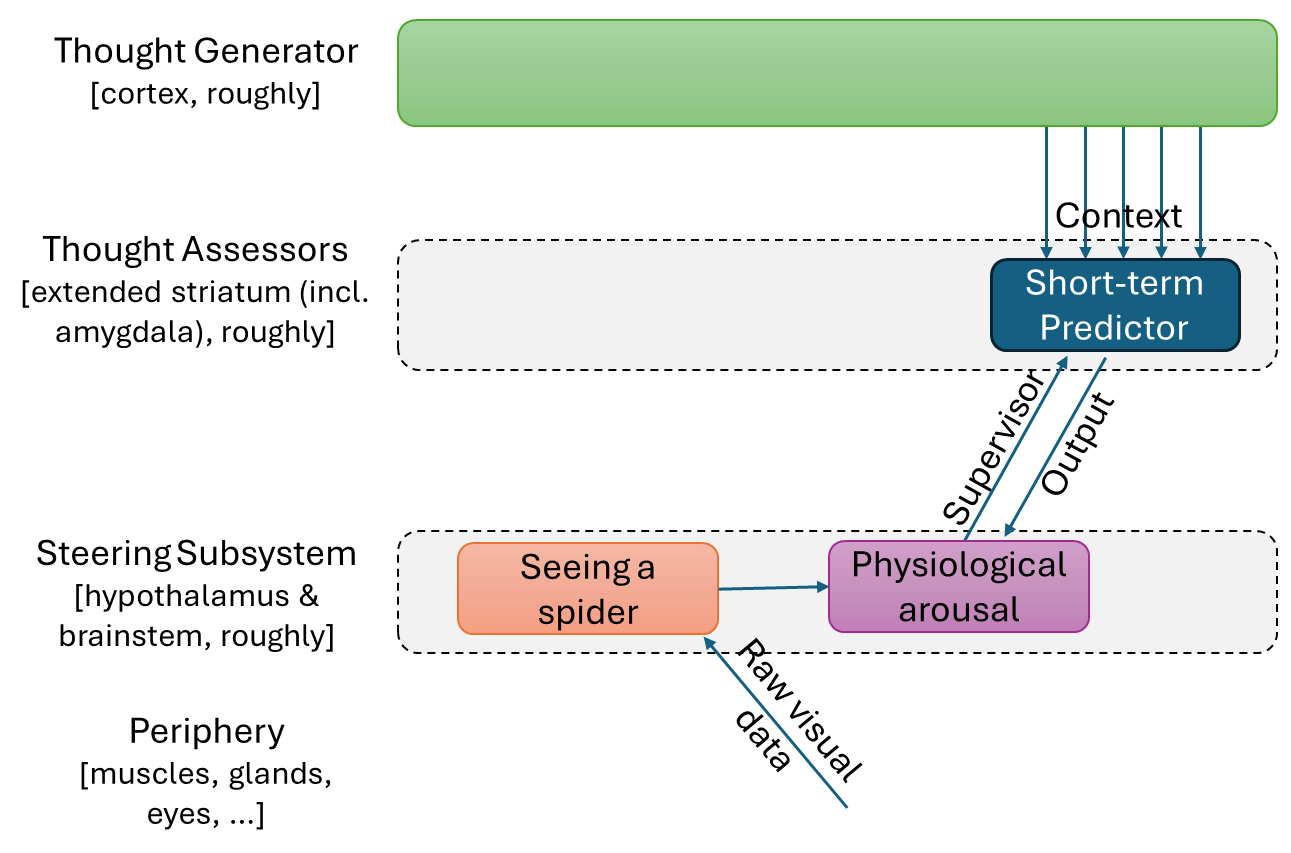
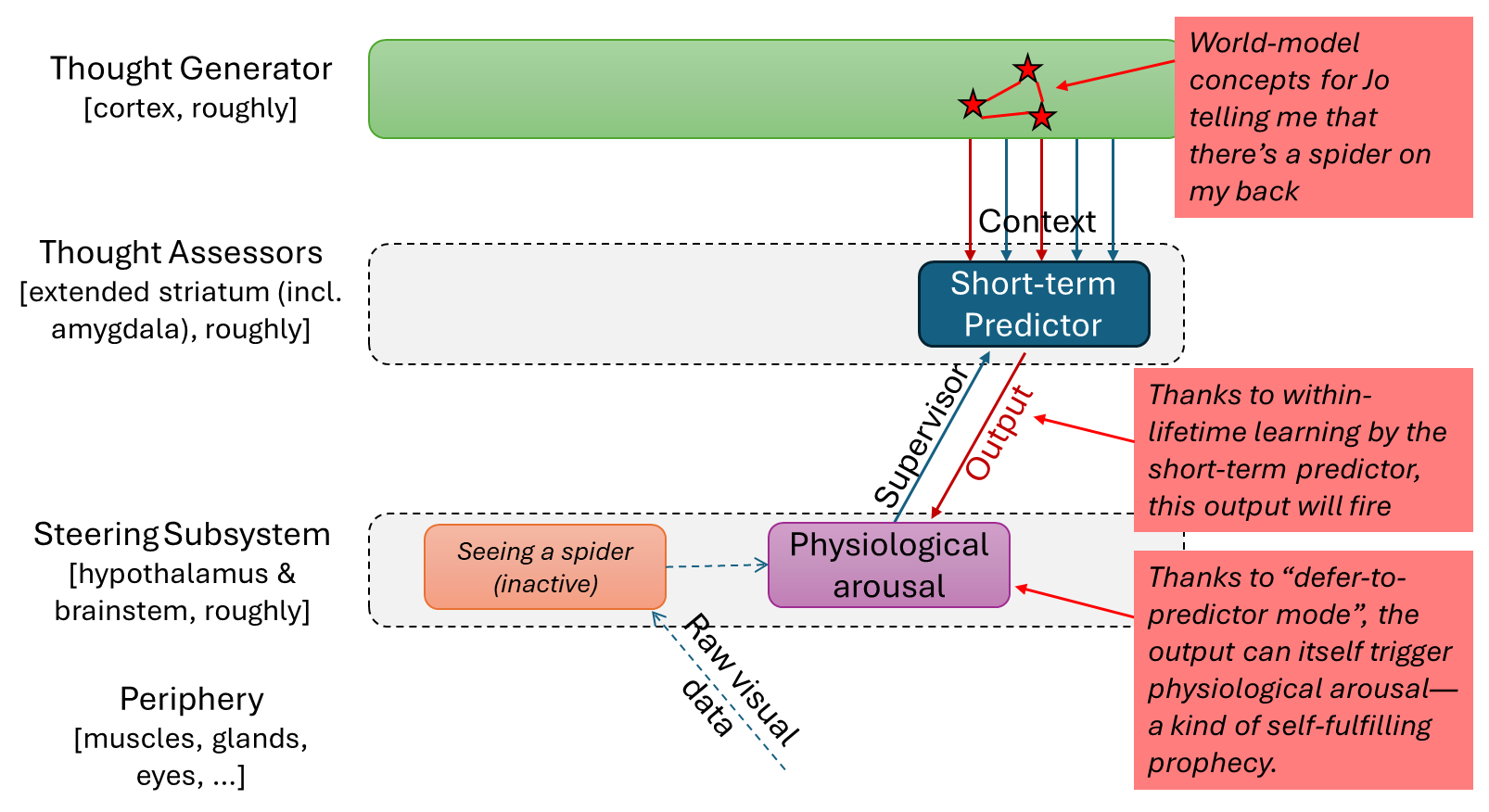
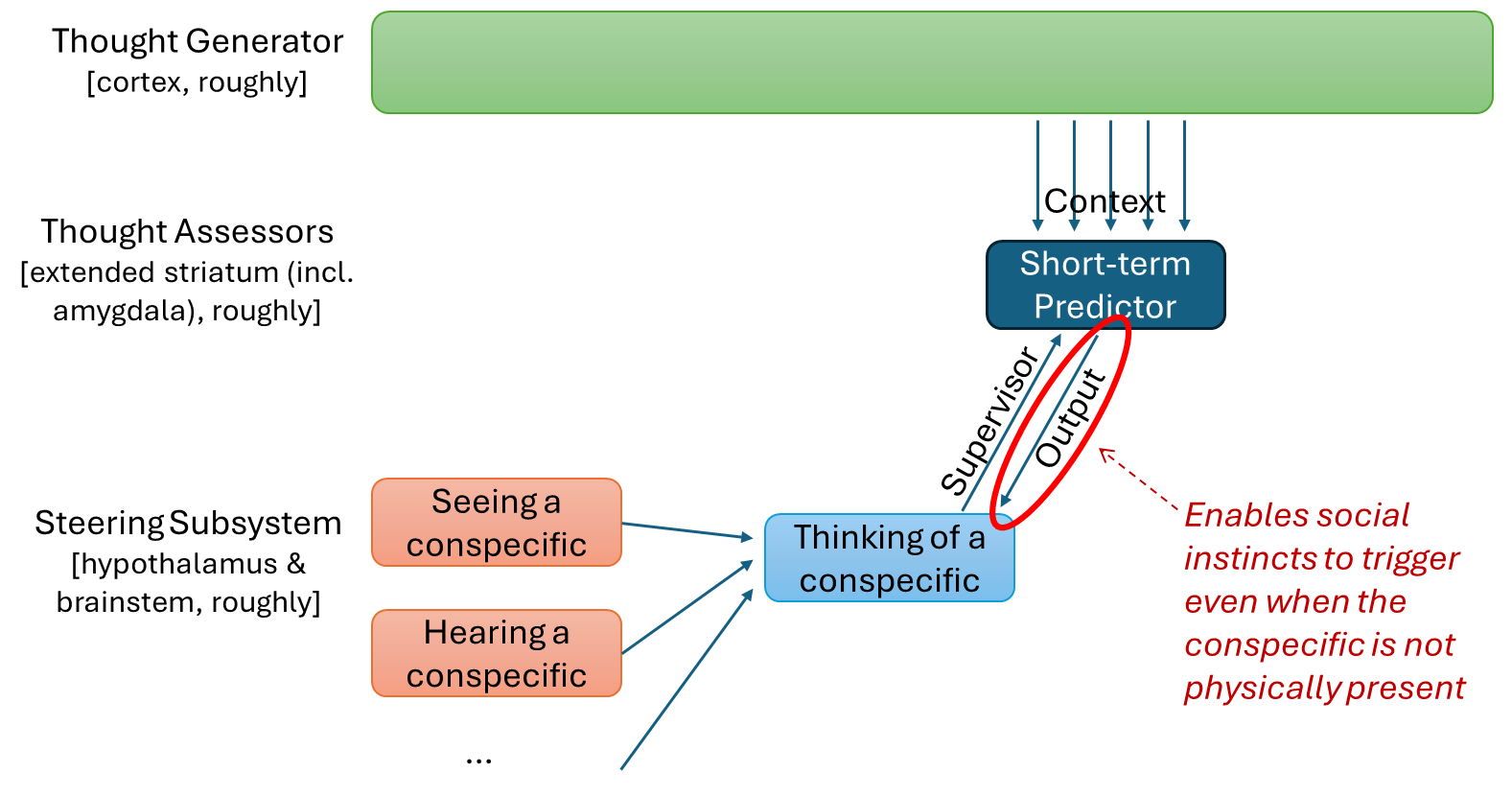
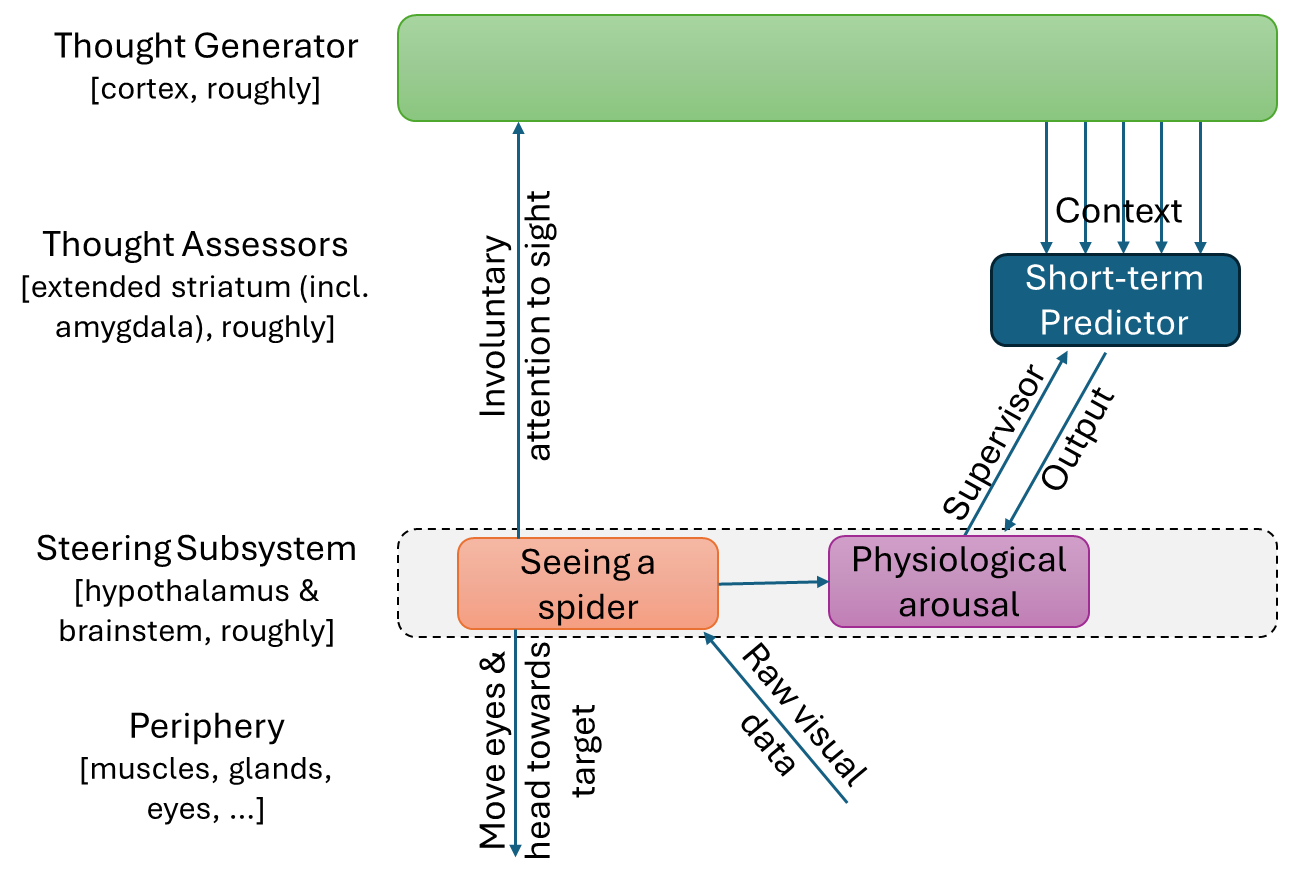



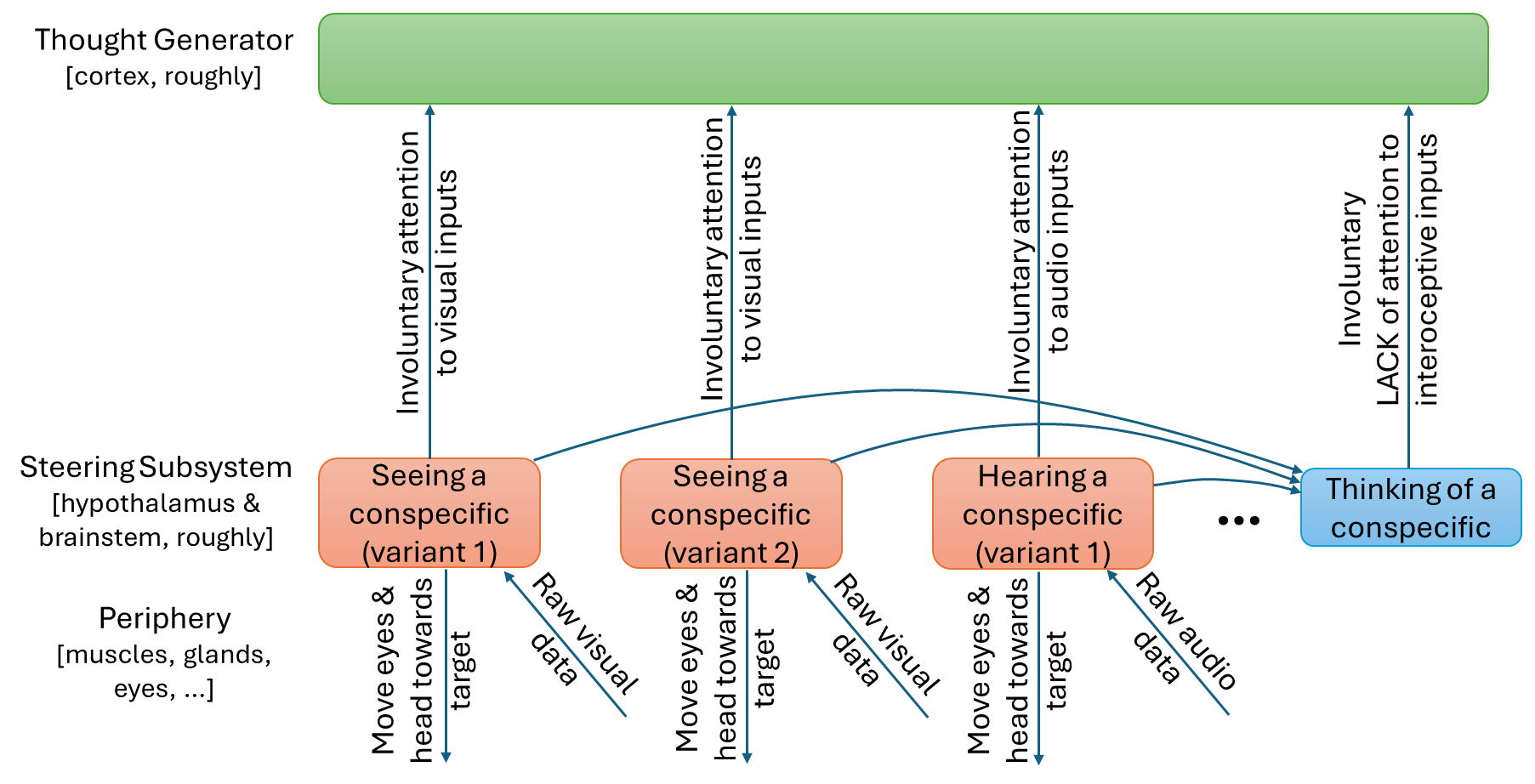

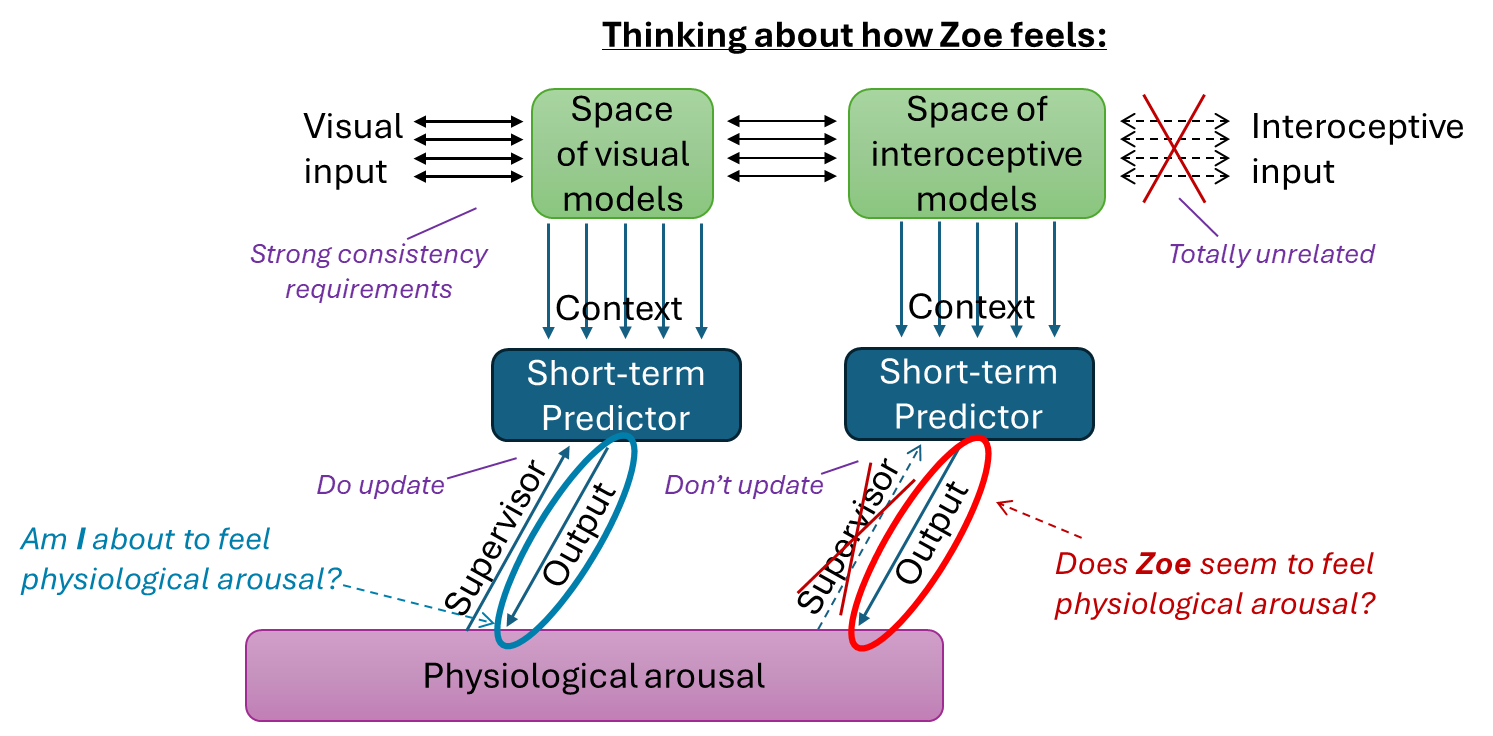
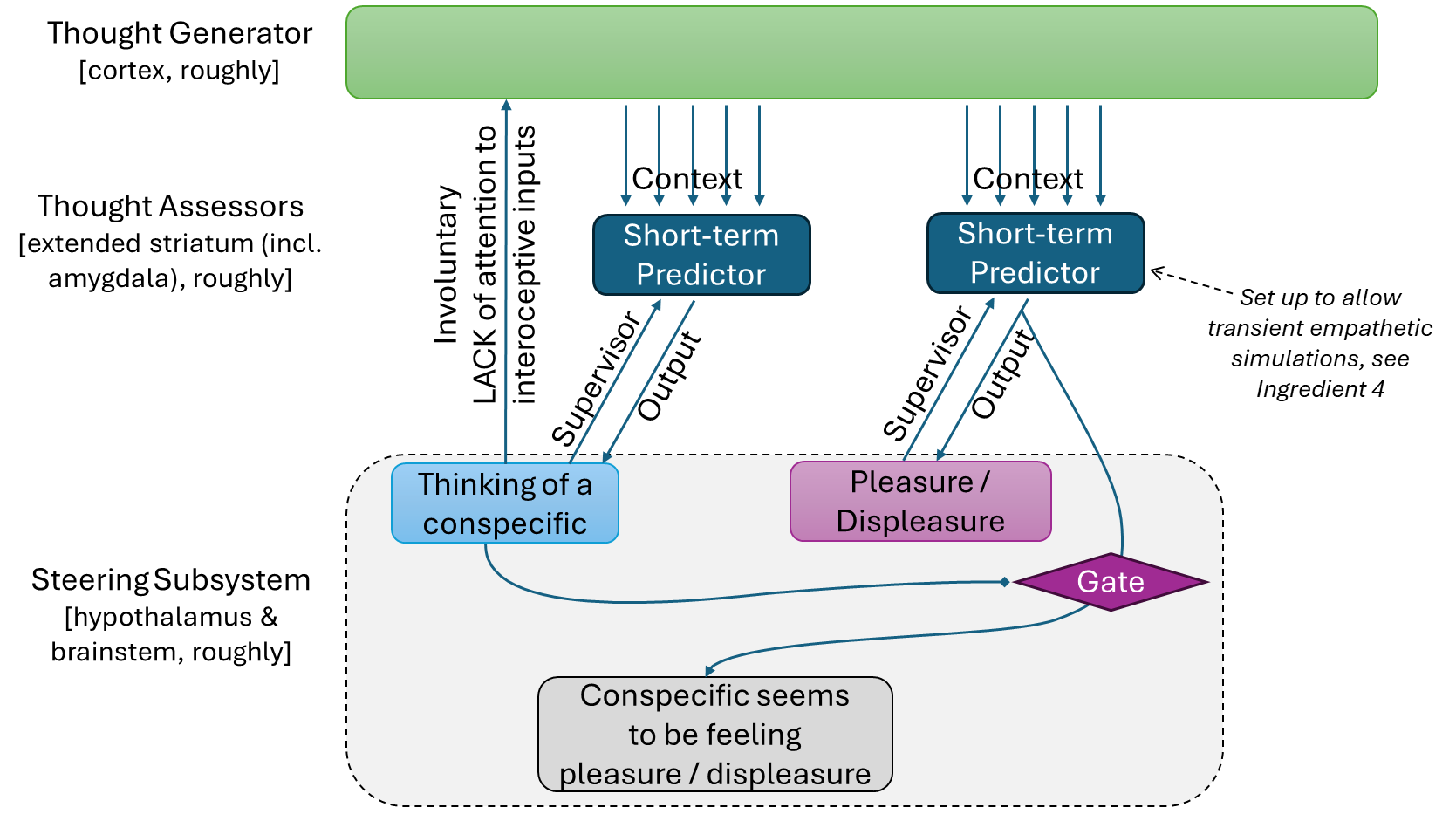



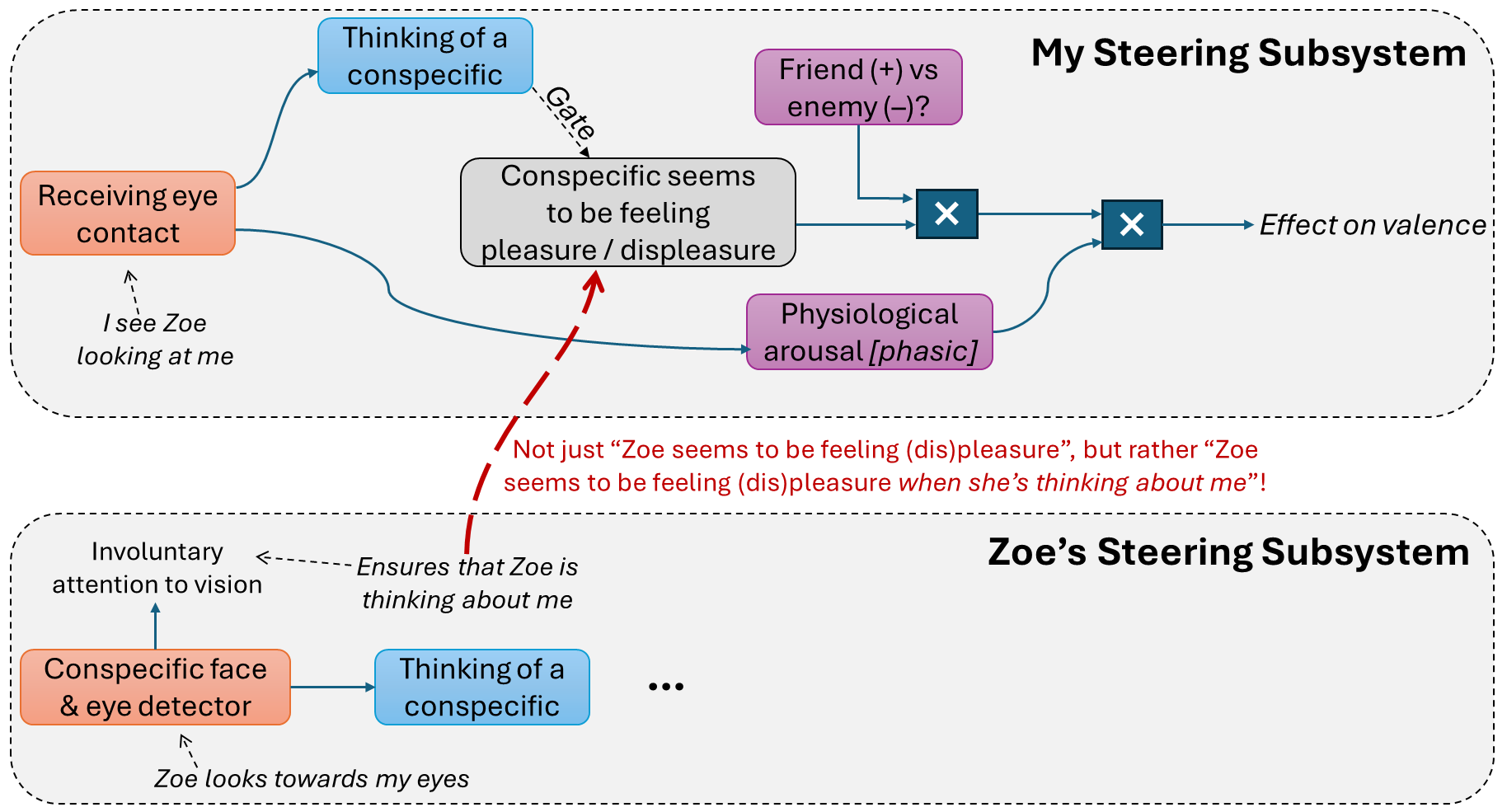
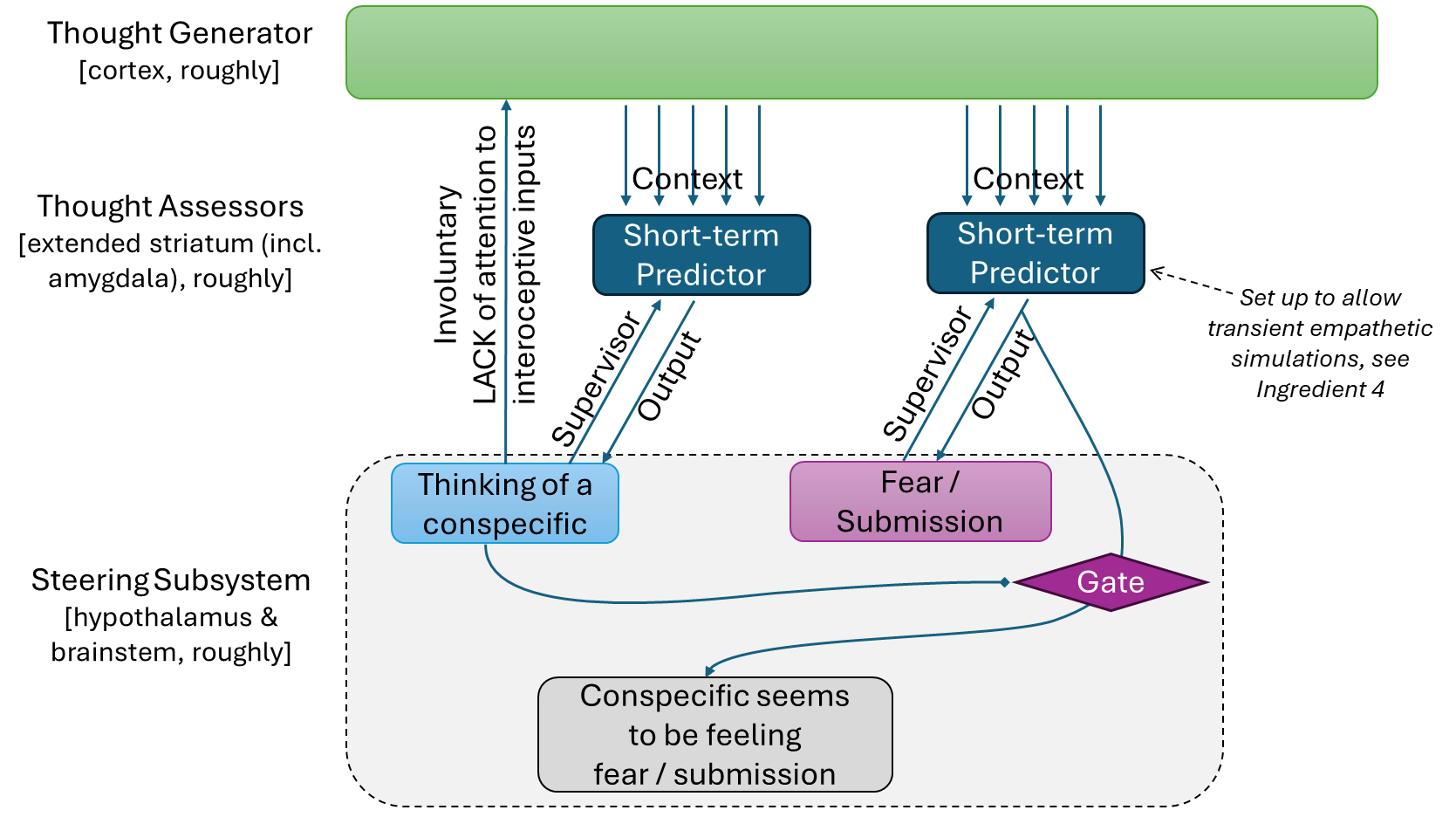


Apple Podcasts and Spotify do not show images in the episode description. Try Pocket Casts, or another podcast app.
Listen to all your favourite podcasts with AI-powered features

Listen to the best highlights from the podcasts you love and dive into the full episode

Hear something you like? Tap your headphones to save it with AI-generated key takeaways

Send highlights to Twitter, WhatsApp or export them to Notion, Readwise & more

Listen to all your favourite podcasts with AI-powered features

Listen to the best highlights from the podcasts you love and dive into the full episode

